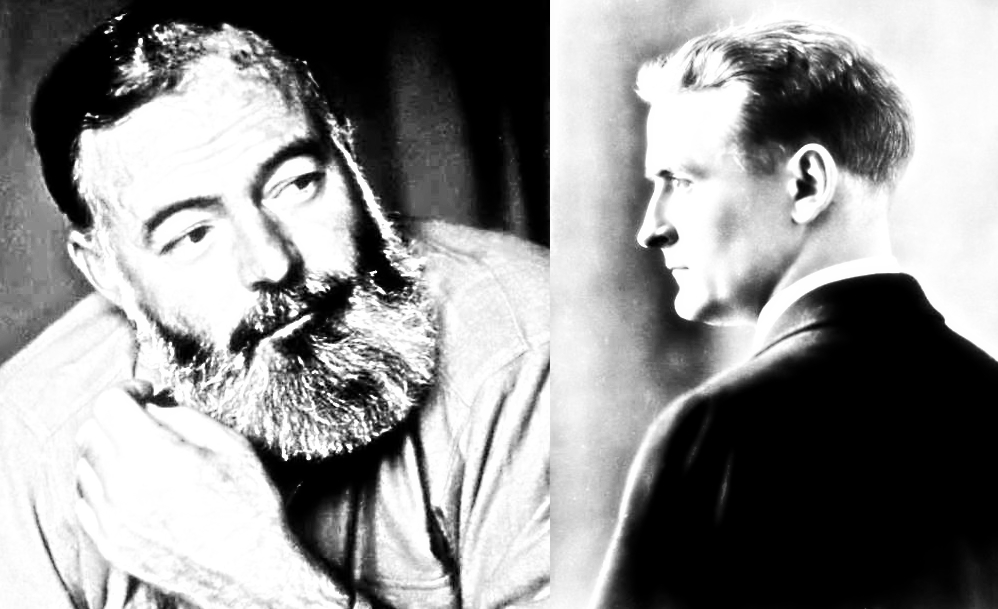The Book List are mini-posts about books I have on my shelf (or digital shelf) that I have yet to read.
Can a person change after a grievous trauma? Can a miser be reformed to see the light of love? George Eliot attempts to answer those questions in her novel Silas Marner. Today we are looking at a Harcourt Library of English and American Classics novel title Silas Marner by George Eliot. The novel is one I remember seeing in some high school and college curriculums, though to what level they were actually present in the course–I know not.
It’s also worth noting that George Eliot is the pen name of Mary Ann Evans, who was a Victorian novelist that wrote such novels as Adam Bede (1859), Middlemarch (1872), and Daniel Deronda (1876). According to multiple sources, she used a “masculine” pen name to separate her writings from “previous work” and “to escape the stereotype that women’s writings were limited to lighthearted romances” (Karen K.).
Nevertheless, today we are going to analyze the text through outline, check-in on critical response, and then read through my impressions of the outline with what knowledge I have of the book.
Summary
Eliot’s Silas Marner: The Weaver of Raveloe, was published in 1861 and tells the tale of Silas Marner, who is accused of stealing church funds at his Northern England, Calvinist congregation in Lantern Yard. From there, he leaves his town–now unwed, unfriended, and alone–and lives as a misanthrope in the Midlands, which comes close to the village of Raveloe in Warwickshire.
Continuing, Silas is the victim of theft and again falls emotionally sallow, as his life has become a series of misfortunes; however, on the evening of a local’s New Year’s Eve party, Silas encounters a young girl, whose mother has died from hypothermia out in the cold. Silas decides to take in the child, who he names Eppie, and finds it to be repayment for his lost money. Through child rearing, he finds himself receiving money from the child’s real father (who can not tell the truth of his infidelity for fear of losing his soon-to-be-wife), and a great many advices from his neighbor Dolly.
Eventually, years later, Silas’s gold is found at the bottom of a quarry, in the hands of a now-deceased thief, and Eppie grows into a proud and loved citizen. Eppie’s real father attempts to entice her to live with him after he reveals his infidelity and after he and his wife’s child dies. Eppie declines due to her love of Silas as a father figure in her life.
After returning to Lantern Yard, Silas finds no evidence of his old village, instead only finding a factory with no trace of the previous inhabitants. However, he is content and moves on with his life.
Book blurb
From the book: “Silas Marner is an exquisite idyll which is regarded by many as the most perfectly proportioned of George Eliot’s novels. It tells the story of a lonely weaver who, wrongly expelled from the little religious community which has been the support of his life, turns into a selfish and despondent miser. When Marner’s money is stolen and an orphan child, left at his door, takes its place in his affections, his devotion to the golden-haired Eppie brings out all his latent good qualities and redeems his character. Silas Marner, with its humanity and delicate pathos, contains in small compass the qualities which have established George Eliot as one of the greatest of English novelists.”
Critical response
In looking for critical responses on Goodreads, I found there to be 21,183 five-star reviews, 28,923 four-star reviews, 23,089 three-star reviews, 7,711 two star reviews, and 3,407 one-star reviews.
In starting with five-star reviews, many reviewers pointed out the redemptive qualities of the book after “betrayal” and the character’s turn as a “miser.” Others point to its power as a “morality tale” as Marner’s transformation from astute Calvinist, to angry recluse, and back again into something wholesome was a defining characteristic of the book.
One-star reviews state that the book is a “steaming heap of tripe” and that the language is abstruse, which adds to the pain of reading “pages and pages of pointless description.” Additionally, reviewers found it “boring” and “agonizing” as even diagraming sentences from the book “finally pushed (some) over the edge into hating this book.”
Impressions
Silas Marner came to my attention a long while ago (probably high school) and then again when I went for my teacher certification–I guess you have to know about this book to teach high schoolers. Nevertheless, I never really got a sense of what the book was about, outside of its relationship to Dickensian literature. The story of a miser who turns into a caring and beloved figure in society is strikingly similar to a famous tale we have all probably heard before.
Victorian literature, gothic literature, and romantic literature all have the same issue, which is their pacing and use of vivid detail. Now, this isn’t a problem per say, as there are loads of books in these genres that I love, but it is kind of like watching a really good movie that lags in some spots. Often times, the reader can be weighted down by excessive description and a slow build, as both hamper pacing. For example, the reason A Christmas Carol works as both a text and a movie is because of the well-paced structure of the story. Meanwhile, something like Frankenstein by Mary Shelley suffers in the modern era from “over explanation,” as she attempts to delve into even the most banal minutia to describe to us a basic thought pattern.
She writes: “I see by your eagerness and the wonder and hope which your eyes express, my friend, that you expect to be informed of the secret with which I am acquainted; that cannot be; listen patiently until the end of my story, and you will easily perceive why I am reserved upon that subject. I will not lead you on, unguarded and ardent as I then was, to your destruction and infallible misery. Learn from me, if not by my precepts, at least by my example, how dangerous is the acquirement of knowledge and how much happier that man is who believes his native town to be the world, than he who aspires to become greater than his nature will allow” (Shelley).
In other words, the narrator understands a secret that the audience couldn’t possibly fathom. Yet, the unguarded pacing gives us more information, possibly more unnecessary information. Yet, I do enjoy large parts Frankenstein, but often with these types of books in these types of genres…I skim a little here and there. It seems to me that Silas Marner might be within the same realm of overly long due to the era in which it was written. Of course, this can hamper a reader who is in a hurry (we all are in the modern era), so unless you dedicate some time to reading this may be a difficult read.
Works cited
K., Karen. “Spotlight on Mary Ann Evans aka George Eliot.” Free Library of Philidelphia. March 19, 2021. Web. https://libwww.freelibrary.org/blog/post/4535
Shelly, Mary. Frankenstein. Penguin, 2012.
Eliot, George. “Silas Marner.” Silas Marner, by George Eliot, www.gutenberg.org/files/550/550-h/550-h.htm. Accessed 12 Aug. 2023.







